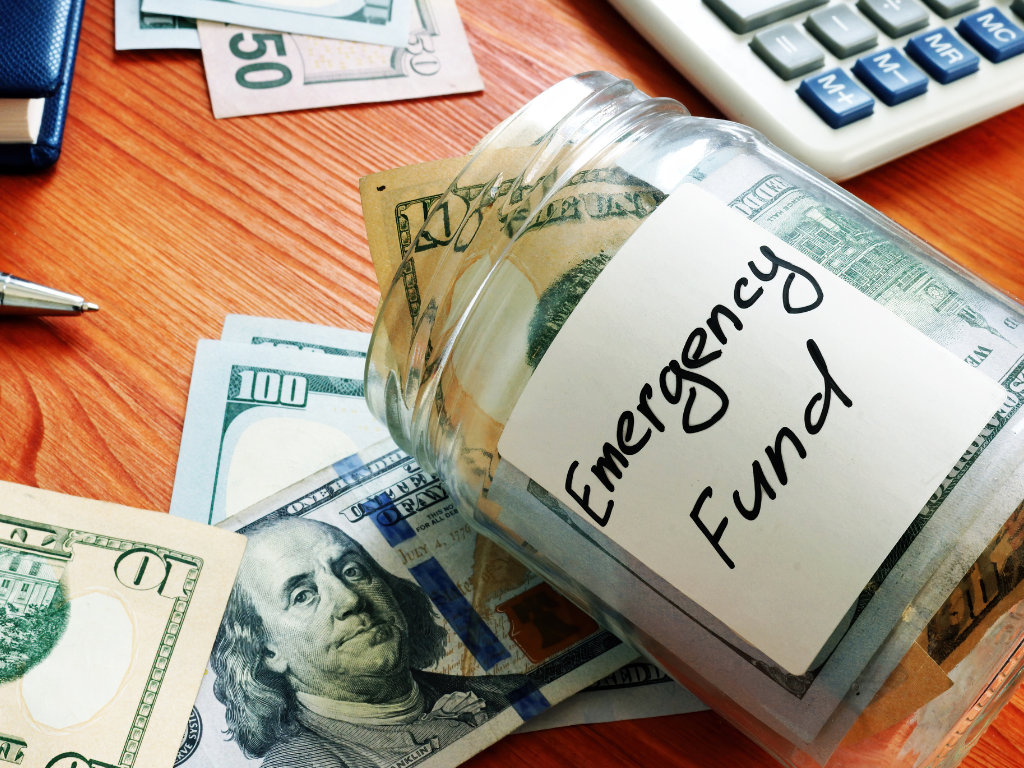By law, everyone must pay tax as they earn income. Generally taxpayers must pay at least 90 percent of their taxes throughout the year through withholding, estimated or additional tax payments or a combination of the two. If they don’t, they may owe an estimated tax penalty when they file. Some taxpayers earn income not subject to withholding. For small business owners and self-employed people, that usually means making quarterly estimated tax payments.
Here are some key things to help taxpayers determine if they need to make estimated tax payments:
- Generally, taxpayers need to make estimated tax payments if they expect to owe $1,000 or more when they file their 2022 tax return, after adjusting for any withholding. The IRS urges anyone in this situation to check their withholding using the Tax Withholding Estimator on IRS.gov. If the estimator suggests a change, the taxpayer can submit a new Form W-4 to their employer.
- Aside from business owners and self-employed individuals, sole proprietors, partners and S corporation shareholders most likely also need to make estimated tax payments throughout the year. For corporations estimated tax payments must be made if they expect to owe $500 or more on their 2022 tax return, in most cases.
- Are you a gig worker? The estimated tax payments group also often includes people involved in the sharing economy. Freelancers, contractors, and other self-employed taxpayers responsible for self-employment tax can make payments through the methods below, as well as anyone who must make alternative minimum tax payments.
Making estimated tax payments:
For the 2022 tax year, there are two remaining deadlines for quarterly estimated taxes: September 15, 2022, and January 17, 2023. The IRS provides a guideline for calculating estimated tax payments for:
- Individuals: Form 1040-ES, Estimated Tax for Individuals
- Corporations: Form 1120-W, Estimated Tax for Corporations
Once it’s been determined estimated tax payments are required and the payment calculated, the payments must be submitted. The options for making payments include:
- Direct Pay from a bank account.
- Paying by credit or debit card or the Electronic Federal Tax Payment System.
- Mailing a check or money order to the IRS.
- Paying cash at a retail partner.
- Visit IRS.gov for the full list.
Anyone who pays too little tax through withholding, estimated tax payments, or a combination of the two may owe a penalty. In some cases, the penalty may apply if their estimated tax payments are late. The penalty may apply even if the taxpayer is due a refund.
If you have questions about estimated tax payments, reach out to the team at Payne, Nickles & Company to see how we can help.
Tax tips and information above from IRS Tax Tip 2022-90, June 13, 2022.
Treasury Circular 230 Disclosure
Unless expressly stated otherwise, any federal tax advice contained in this communication is not intended or written to be used, and cannot be used or relied upon, for the purpose of avoiding penalties under the Internal Revenue Code, or for promoting, marketing, or recommending any transaction or matter addressed herein.
 Home
Home Sign In
Sign In Make a Payment
Make a Payment Search
Search











